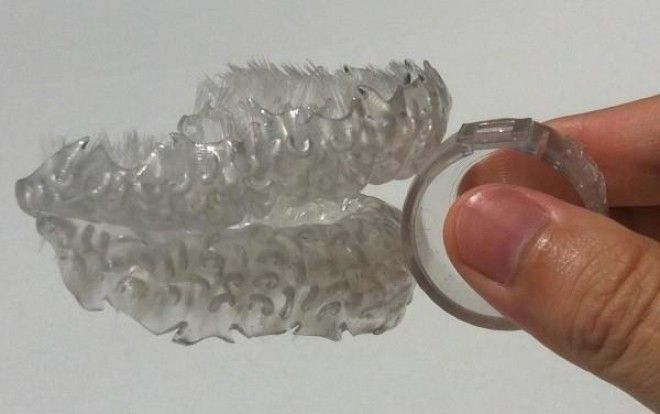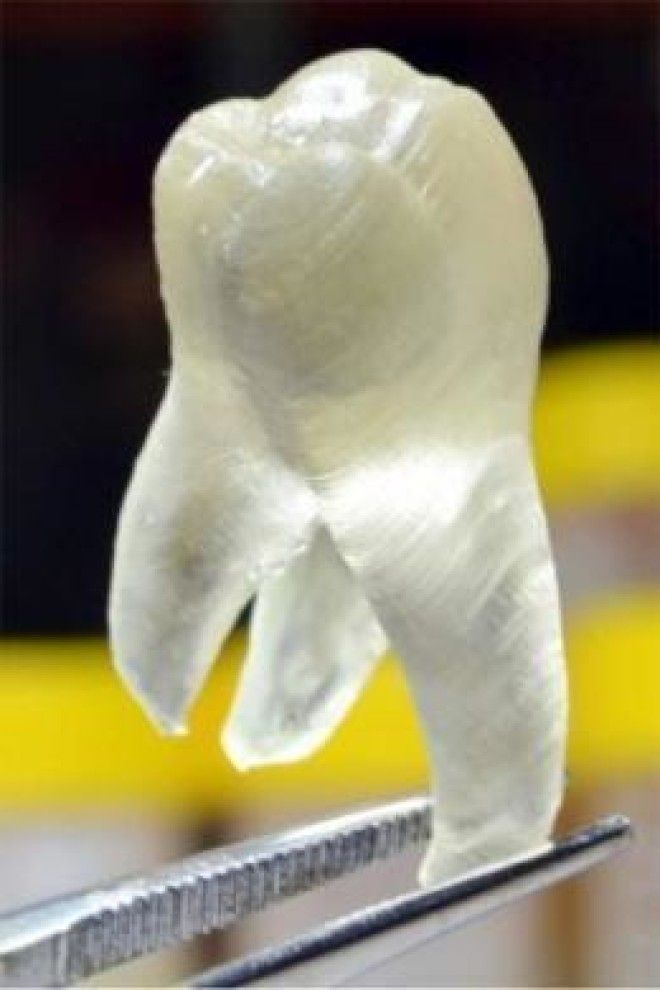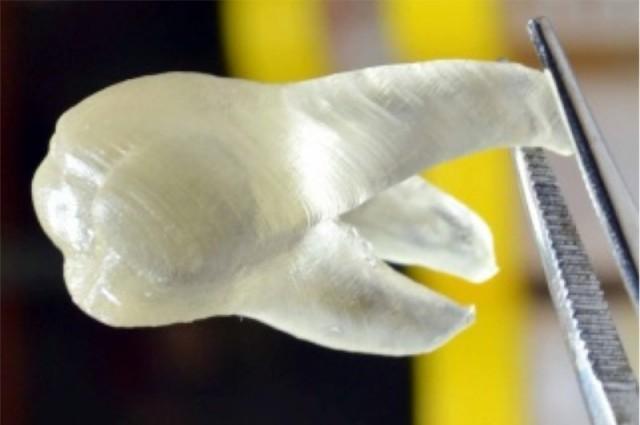Move aside, gold teeth: there could soon be a 3D printed alternative in town. They may not have such a gangster-esque ring to them, but the idea is not to look cool; it’s to help keep pesky microbes away.
Making 3D printed body parts isn’t exactly a new thing: scientists have created limbs, bones, eyes and ears, to name a few. They offer advantages over more traditionally fabricated medical devices due to the low cost and rapid turnover involved, alongside ease of personalization. But if dentists and physicians want to start replacing bits of the internal body with printed medical devices, then they are going to need to address the age-old issue of infection, which is common when anything foreign goes into the body.

Many medical devices actually attract microbes, so much so that related infections are the leading cause of the failure of these devices. Orthodontic complications resulting from bacterial growth, for example, cost upwards of $500 million (£320 million) in the U.S. each year, so there is a desire to create dental appliances, implants and prostheses that are microbe resistant.
That’s where this latest research comes in, conducted by scientists at the University of Groningen in the Netherlands. In order to make their 3D-printable resin antimicrobial, they incorporated into the material ammonium compounds that had positively charged groups attached.
While the team is the first to admit it doesn’t fully know why such substances seem to kill bacteria, it’s thought that the positive charge interacts with and disrupts the negatively charged bacterial cell wall, causing the microbe’s contents to spill out.
As described in Advanced Functional Materials, the researchers tested the antimicrobial properties of 3D-printed dental objects generated using this material by coating them with a film containing both saliva and a strain of bacteria found in the mouth that’s known to play a significant role in tooth decay. After counting the survivors six days later, they found that more than 99% had been killed by the material; the control material didn’t fare so well, destroying a paltry 1%, New Scientist reports.

The concept certainly sounds promising, but such products won’t be going near your mouths anytime soon. The researchers need to expose the material to concoctions of saliva and bacteria for longer periods of time first, and also make sure dental hygiene products like toothpaste and mouthwash don’t interfere with the material and reduce its efficiency over time.

